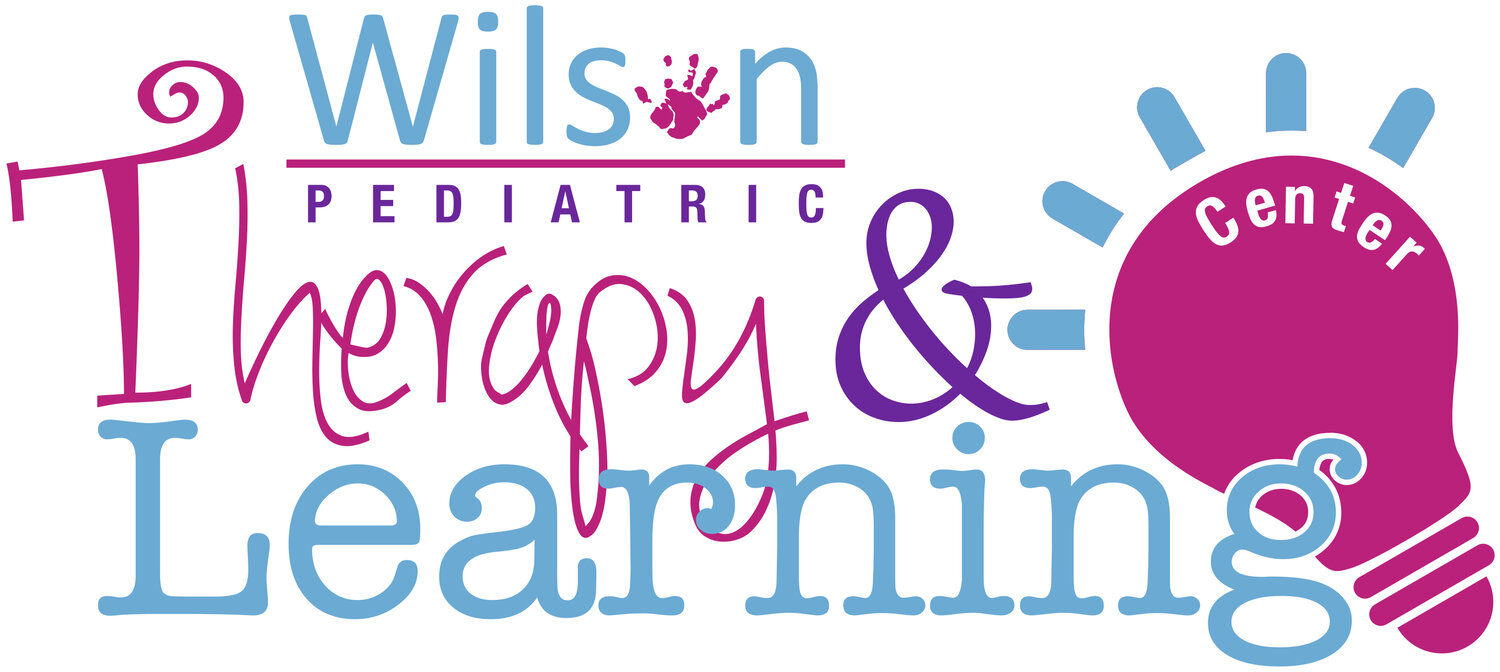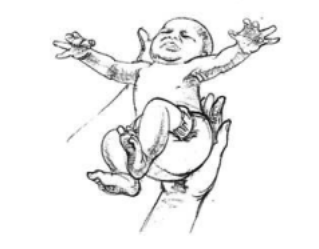What are Primitive Reflexes, and What Does it Mean if They are Retained?
Primitive reflexes are an involuntary, stereotypical motor behavior in response to a specific stimulus. Primitive reflexes are present at birth and integrate/go away throughout early infancy. Primitive reflexes are great during infancy in order to help baby gain all kinds of skills such as hand-eye awareness, crawling, coordination of the upper and lower body, rolling, and protection from the environment. However, when primitive reflexes are retained/still present, they can cause a child to have poor motor control and emotional regulation. Therefore, it is important to speak with your child’s occupational therapist in order to screen and integrate retained primitive reflexes. Occupational therapists can assist with integrating primitive reflexes through functional play and exercise!
The most common retained primitive reflexes include Asymmetrical Tonic Neck Reflex (ATNR), Symmetrical Tonic Neck Reflex (STNR), Tonic Labyrinthine Reflex (TLR), Moro Reflex, and Spinal Galant Reflex.
Asymmetrical Tonic Neck Reflex (ATNR)
ATNR assists a baby with hand-eye awareness and typically integrates around six months of age. If a child has retained ATNR past the age of six months, it can cause issues including poor/delayed reading skills, poor/delayed handwriting skills, difficulty completing activities at midline, difficulty with attention, and appearance of clumsiness. Activities that can help integrate ATNR include throwing/bouncing/catching a ball or balloon, baseball, tennis, hopscotch, and jumping jacks.
Symmetrical Tonic Neck Reflex (STNR)
STNR is referred to as the “crawling reflex” because it helps a baby move from laying down to a crawling position. This reflex typically integrates around 12 months of age. If a child has retained STNR past the age of 12 months, it can cause issues including appearance of clumsiness, poor posture, fatigue, poor/delayed hand-eye coordination, poor/delayed visual tracking skills, difficulty with attention, and poor/delayed ball skills. Activities that can help integrate STNR include swinging, jumping rope, and laying on the stomach while participating in an activity such as coloring.
Tonic Labyrinthine Reflex (TLR)
TLR assists a baby in rolling from belly to back and adjust posture according to head position. This reflex typically integrates around six months of age. If a child has retained TLR past the age of six months, it can cause issues including poor balance, fear of heights, dislike for movement, slouching, weak muscles, poor body awareness (bumps into objects or people), poor sequencing skills, and difficulty with attention. Activities that can help integrate TLR include laying on the stomach while participating in an activity such as coloring.
Moro Reflex
Also known as the startle reflex, Moro acts as a protective reaction when a baby can sense a change in themselves or their environment. This reflex typically integrates around four months of age. If a child has retained Moro past the age of four months, it can cause issues including poor balance, poor/delayed coordination, sensitivity to sounds, light, and sudden movements, gravitational insecurity, poor emotional regulation, and lower immune functioning. Activities that can help integrate Moro Reflex include throwing/catching/bouncing a ball or balloon, swinging, monkey bars, and laying on stomach while participating in an activity such as coloring.
Spinal Galant
Spinal Galant assists a baby with hip movement in preparation for crawling and walking. This reflex typically integrates around 12 months of age. If a child has retained Spinal Galant past the age of 12 months, it can cause issues including bedwetting, poor attention, poor short-term memory, sensitivity to touch, fidgeting, difficulty breathing, and poor posture. Activities that can help integrate Spinal Galant include snow angels.





